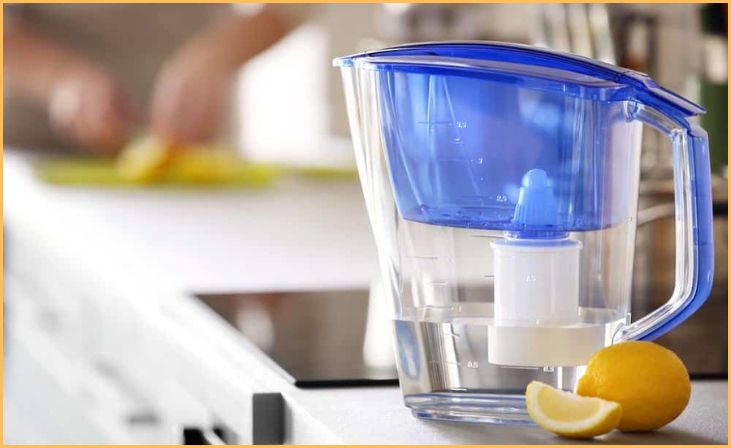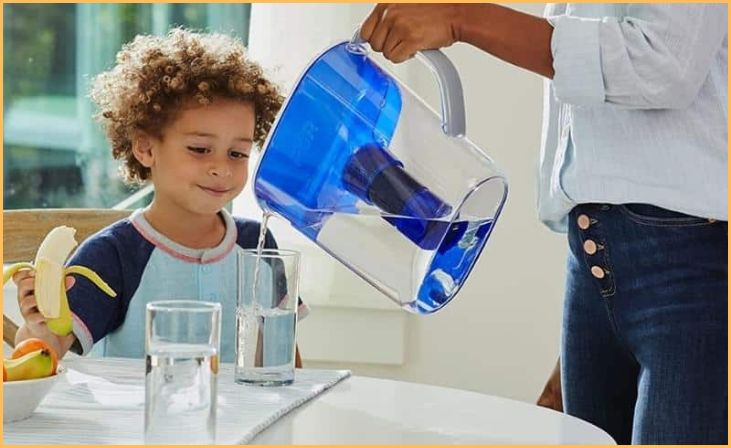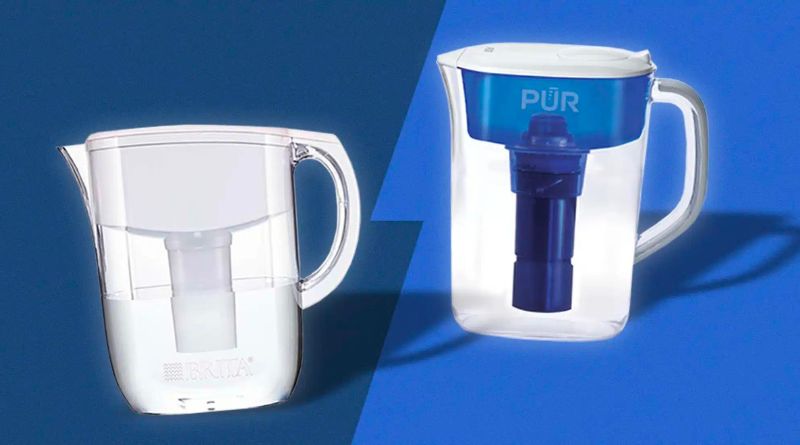In the quest for clean, refreshing water at home, two household names often emerge Pur and Brita. These water filtration systems have become go-to choices for many households, providing an efficient and cost-effective solution to improve the taste and quality of tap water. However, the decision between Pur and Brita can be a dilemma, as both brands offer various models and features. In this exploration, we’ll delve into the comparison of Pur vs. Brita, examining the key factors that matter most when choosing a water filter for your home.
Water quality is a paramount concern for health-conscious individuals, and both Pur and Brita have earned their reputations as reliable water filtration systems. Understanding the nuances between the two can help you make an informed decision based on your specific needs and preferences. Join us as we navigate through the features, technologies, and benefits of Pur and Brita to determine which one stands out as the better choice for your hydration needs.
Pur vs Brita: Which One is Better?

Pur and Brita are two well-known brands in the water filtration industry, and both have their own loyal customer base. Each brand offers its unique features and benefits, but ultimately, the choice between Pur and Brita comes down to personal preference and specific needs. Factors such as the quality of your tap water, the level of filtration you require, and your taste preferences will play a role in determining which brand is better suited for you.
Quick Link: Checklist of Kitchen Essentials For a New Home
Removal of Contaminants
| PUR Pitcher Water Filter | Brita Pitcher Water Filter |
| Brita Filters come in two types: standard and long-lasting. In general, the Standard filter eliminates chlorine, cadmium, mercury, and copper. Longlast filters reduce chlorine, lead, other heavy metals, and other contaminants, including industrial chemicals and pharmaceuticals. | PUR filters come in two types: Standard and Lead Removal. A Standard filter reduces chlorine, heavy metals, particulates, some industrial pollutants, microbial cysts, some pesticides, and pharmaceuticals. The Lead Reduction process removes or reduces particulates, some heavy metals, pesticides and herbicides, some pharmaceuticals, and some industrial chemicals. |
Design and Aesthetics
| PUR Pitcher Water Filter | Brita Pitcher Water Filter |
| The PUR is slightly bigger and looks boxier than Brita, with the size of 11 cups. | Brita Pitcher water filter is smaller in size as compared to PUR with a quantity of 10 cups. |
| The PUR Pitcher Water Filter comes only in Blue Contrasts. | In terms of aesthetics, the Brita wins on the white side due to the fact that it comes in a variety of colors – green, red, black, orange, and all-white |
Lifespan of Filter
| PUR Pitcher Water Filter | Brita Pitcher Water Filter |
| As discussed earlier, PUR is available in two types: Standard and Longlast. The standard type can withstand 40 gallons of water or last for two months. Longlast type has a lifetime of 120 gallons of filtered water or for 6 months. | Standard size filters last the same amount of time as Brita water filters. The lead reduction type filter has a life expectancy of 30 gallons of water filtered or two months. |
Costs of Replacement Filter
| PUR Pitcher Water Filter | Brita Pitcher Water Filter |
| Standard filter: $4.17/filter Brita Longlast filter: $16.50/filter | Standard filter: $6.00/filter Pur Lead Reduction filter: $8.33/filter |
Taste Of Water
Also Check: 5 Unique Measuring Spoons For Trouble-Free Cooking
PUR vs Brita Faucet Water Filters

Filtrations
| PUR Faucet Water Filter | Brita Faucet Water Filter |
| Most faucet-mounted systems have longer-lasting filters. Brita’s recommended usage is 100 gallons or four months, whichever comes first. This amount is the equivalent of 750 standard-sized 16.9 oz plastic bottles if you drink bottled water. Brita filters are equipped with a light that indicates when the filter needs to be changed. | A PUR Faucet Filter handles almost the same amount of water, 100 gallons, but it’s recommended not to use it for more than 3 months before it needs to be changed. As with the Brita, the PUR also has an LED light that changes color as time passes. |
Removal of Contaminants
| PUR Faucet Water Filter | Brita Faucet Water Filter |
| A PUR Faucet Filter handles almost the same amount of water, 100 gallons, but it’s recommended not to use it for more than 3 months before it needs to be changed. As with the Brita, the PUR also has an LED light that changes color as time passes. | Brita includes only a single type of filter; it can remove contaminants such as Chlorine, 99% of lead, Benzene, Class 1 particulates, TTHMs, 1, 2, 4 – Trichlorobenzene, Lindane, Atrazine, Trichloroethylene (TCE), and other additional contaminants. |
Installations
| PUR Faucet Water Filter | Brita Faucet Water Filter |
| The PUR is only compatible with standard faucets, and it comes with 4 different adapters: two for internal threads and two for external threads. At first, all faucet filters are a bit unwieldy, but the PUR is easier to handle than many because it is smaller than others, including the Brita. | Brita faucets come with adaptors for both internal and external threaded faucets, but they are roughly two inches larger than PUR faucets. It cannot be filtered any quicker because of the larger size, so provides no advantage to users. |
Final Thoughts
In conclusion, the choice between Pur and Brita ultimately depends on your specific water filtration needs and preferences. If you prioritize a filter that addresses a broader range of contaminants, Pur’s Maxion technology might be the better fit. On the other hand, if your primary concern is improving taste and reducing common impurities, Brita’s activated carbon filter may suffice. Both brands offer various models, from faucet-mounted filters to pitchers, allowing you to select the system that seamlessly integrates into your lifestyle. Whichever you choose, the commitment to cleaner, better-tasting water is a shared goal, and both Pur and Brita deliver on that promise.
FAQs
The main difference lies in the filtration technology. Pur primarily uses a Maxion filter, which combines activated carbon and ion-exchange resin for effective contaminant removal. Brita, on the other hand, employs a carbon-activated filter that focuses on reducing chlorine taste and odor, copper, mercury, and cadmium.
Both Pur and Brita are effective at improving the taste and odor of tap water. However, Pur tends to have an edge in terms of contaminant removal due to its Maxion filter, which targets a broader range of impurities, including microbial cysts.
The replacement frequency varies based on water usage and filter capacity. Generally, both Pur and Brita recommend changing the filters every two to three months. Some models come with filter replacement indicators to remind you when it’s time for a change.
The pitcher components of both Pur and Brita are generally dishwasher-safe, but it’s essential to check the specific model’s instructions. While the pitchers can withstand the dishwasher, it’s recommended to handwash the lids and reservoirs to preserve their longevity.







